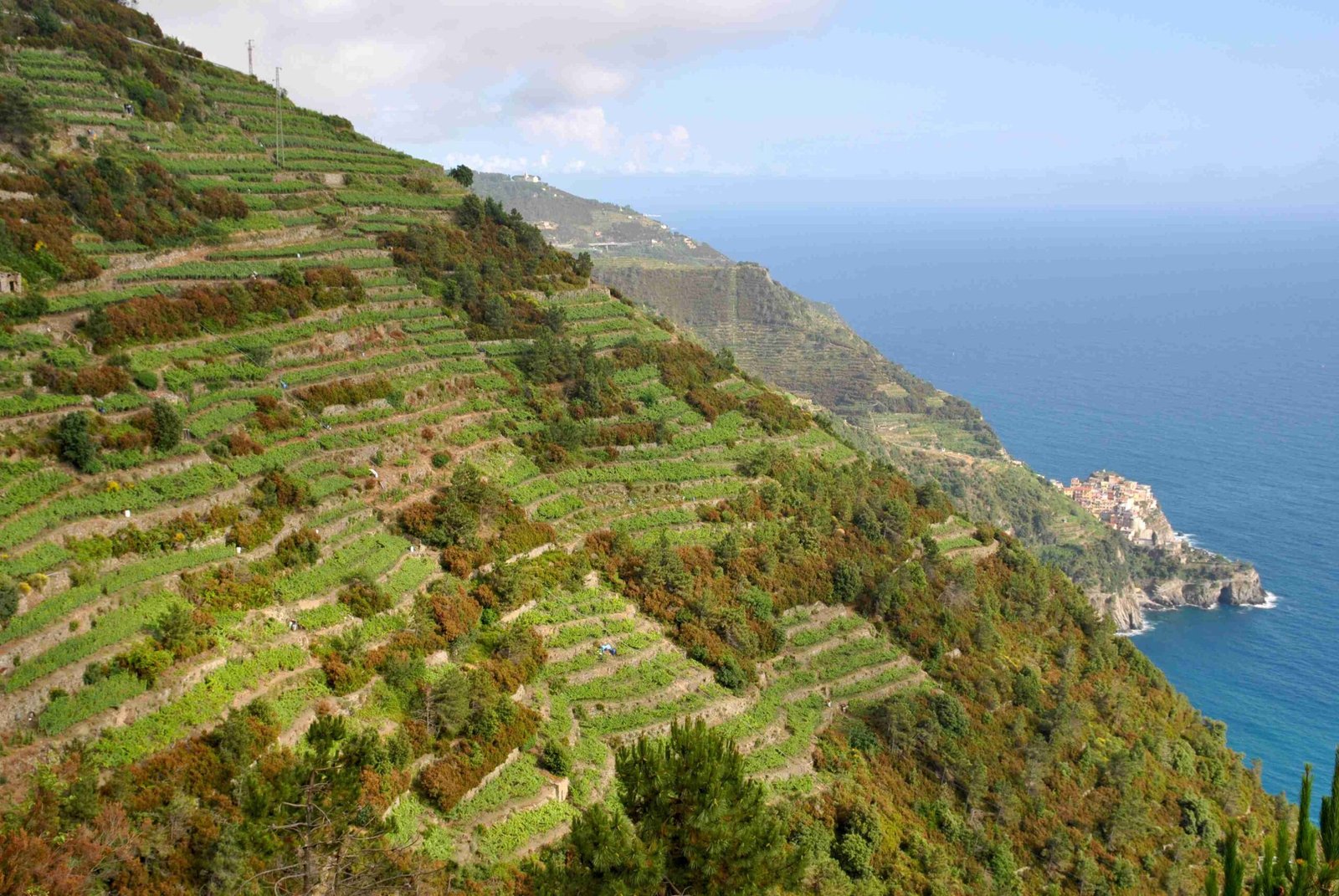Cinque Terre National Park is a stunning coastal treasure located in the heart of Italy, specifically situated in the province of La Spezia within the Liguria region of northern Italy. This extraordinary national park encompasses five picturesque coastal villages, offering visitors an unparalleled glimpse into a landscape where human interaction with nature has created an exceptional cultural and natural environment.
What Makes Cinque Terre National Park Unique?

Cinque Terre National Park represents a remarkable fusion of natural beauty and human agricultural innovation. Spanning approximately 4,300 acres, it is Italy’s smallest yet most densely populated national park, home to around 5,000 permanent residents across its five iconic villages.
Where Are the Five Villages Located?
The five legendary villages that compose Cinque Terre are:
- Monterosso al Mare
- Vernazza
- Corniglia
- Manarola
- Riomaggiore
These villages are strategically positioned along the rugged Ligurian coastline, creating a breathtaking landscape of terraced hillsides and colorful buildings that seem to emerge directly from the rocky cliffs.
Why is Cinque Terre Significant?

| Aspect | Details |
|---|---|
| UNESCO Status | World Heritage Site since 1997 |
| Cultural Significance | Represents harmonious human-nature interaction |
| Geographical Location | Northern Italy, Liguria Region |
| Provincial Jurisdiction | La Spezia Province |
How Can Visitors Explore the National Park?
Visitors can explore Cinque Terre through multiple transportation methods:
- Train: Most convenient method, connecting all five villages
- Hiking Trails: Extensive network of scenic paths
- Boat Tours: Coastal exploration opportunities
- Limited Car Access: Challenging due to narrow mountain roads
Historical and Geographical Context
The Cinque Terre region has been shaped by centuries of human agricultural practices, particularly terraced farming techniques that transformed steep coastal landscapes into productive agricultural zones. These terraces, built using dry stone walls, demonstrate extraordinary human adaptation to challenging geographical conditions.
What Makes the Landscape So Special?
The landscape’s uniqueness stems from:
– Steep coastal terrain
– Meticulously constructed terraced farmlands
– Intricate water management systems
– Preservation of traditional agricultural practices
Conservation and Tourism
Cinque Terre National Park balances conservation with tourism, attracting approximately 5 million visitors annually. The park’s management focuses on:
- Protecting cultural landscapes
- Maintaining traditional agricultural methods
- Promoting sustainable tourism
- Preserving architectural heritage
Best Time to Visit
- Spring: Mild temperatures, fewer crowds
- Fall: Pleasant weather, harvest season
- Avoid: Peak summer months with maximum tourist congestion
Practical Travel Information
Important Travel Tips:
– Purchase Cinque Terre Card for comprehensive access
– Use train transportation between villages
– Book accommodations in advance
– Respect local conservation guidelines
Accessibility Considerations
- Limited parking availability
- Pedestrian-friendly infrastructure
- Some trails might have restrictions
- Varied terrain requires moderate fitness
Conclusion
Cinque Terre National Park offers an extraordinary journey through a landscape where human creativity and natural beauty converge, providing visitors with an unforgettable experience in the heart of Italy’s Ligurian coast.

